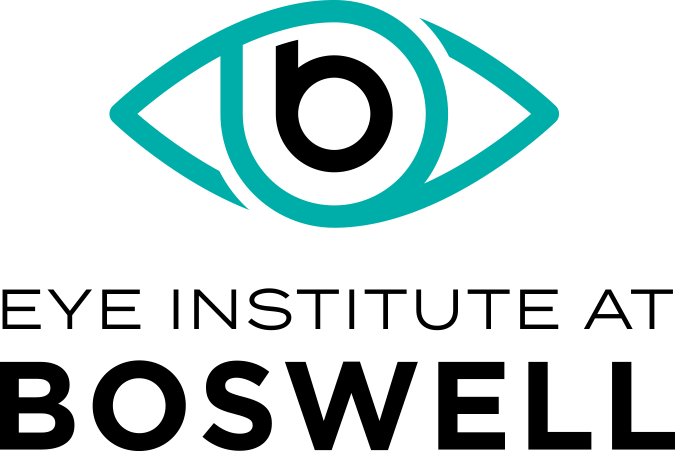Keratoconus
Overview
Keratoconus is a progressive thinning of the cornea and is the most common cornea dystrophy in the United States, affecting one in every 2,000 Americans, it occurs when the middle of the cornea thins and bulges outward, gradually forming a rounded cone shape. This changes the cornea’s refractive power, producing astigmatism, or distortion, and nearsightedness, or blurriness.
Warning Signs & Symptoms
Keratoconus symptoms often begin in the late teens or early 20s. Early symptoms include a subtle blurring, shadowing or doubling of vision that is not correctable with glasses or contact lenses. It usually affects both eyes but can be more severe in one eye than the other.
As the astigmatism worsens, patients must rely on specially fitted contact lenses to reduce distortion and correct vision. The lens must fit properly, because a poorly fitting lens can cause further damage to the cornea.
Diagnosis
Keratoconus can be diagnosed in an eye exam using keratometry and computerized corneal mapping, both of which help determine the shape of the cornea.
Treatment/Procedures
In most cases, the cornea stabilizes after a few years without causing severe problems. But in 10 to 20 percent of affected people, the cornea becomes too scarred or will not tolerate a contact lens. If either occurs, a Corneal Transplant may be necessary. Also, newer surgical procedures and treatments involving precise application of ultraviolet radiation with riboflavin can sometimes stabilize or reduce the symptoms.
Prevention
The cause of keratoconus is unknown, so there are no preventive measures.
